- Email: [email protected]
- phone: +44 (0) 203 916 5117
18 Sep
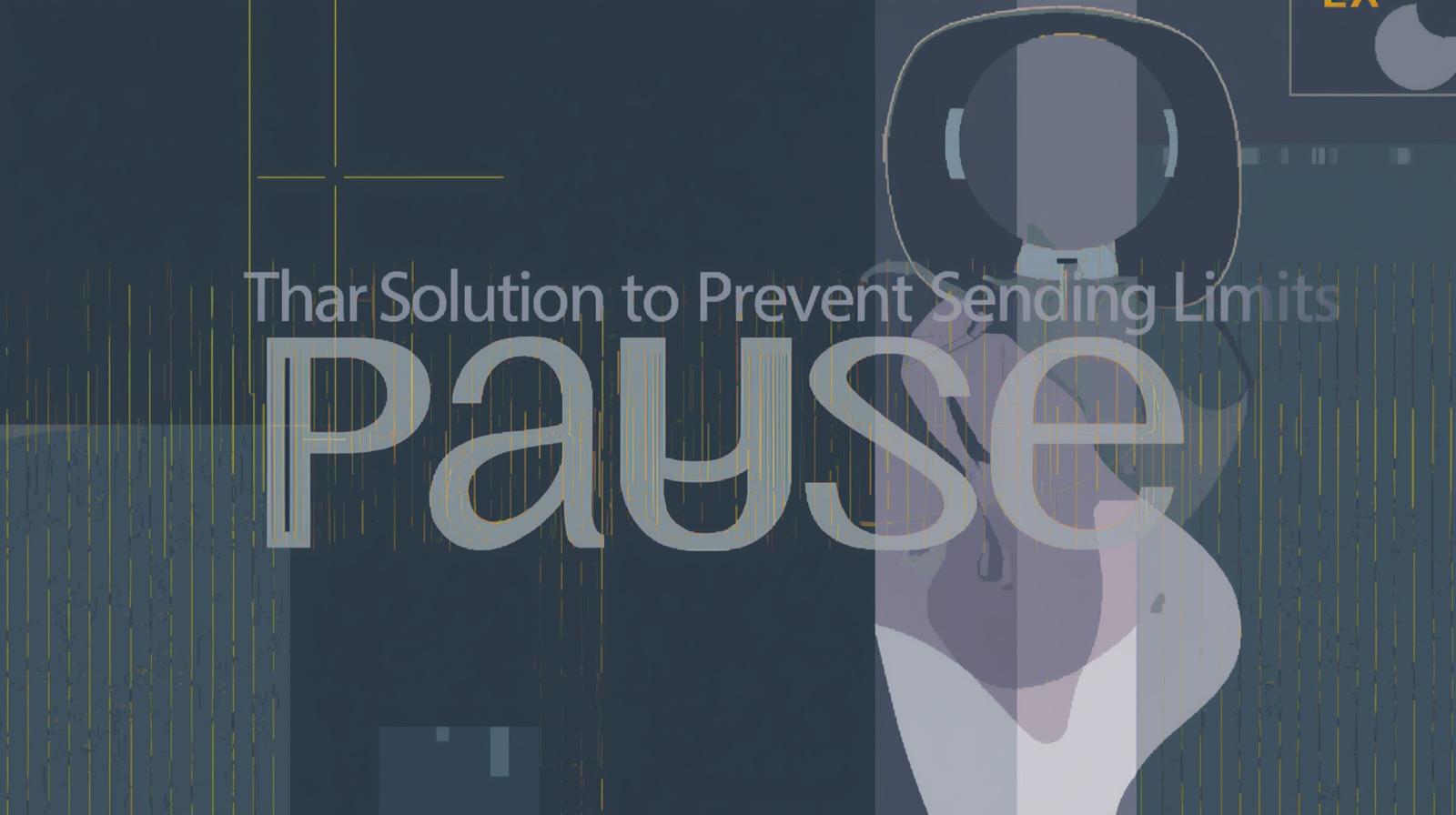
The Pause Campaign: Your Solution to Prevent Sending Limits
The Pause Campaign feature in Let’s Calendar helps professionals avoid hitting email sending limits and authentication errors. By automatically pausing campaigns before issues occur, it safeguards your outreach, keeps accounts in good standing, and allows easy resumption. This smart automation ensures your bulk calendar invites and event campaigns run smoothly without disruption.
18 Sep
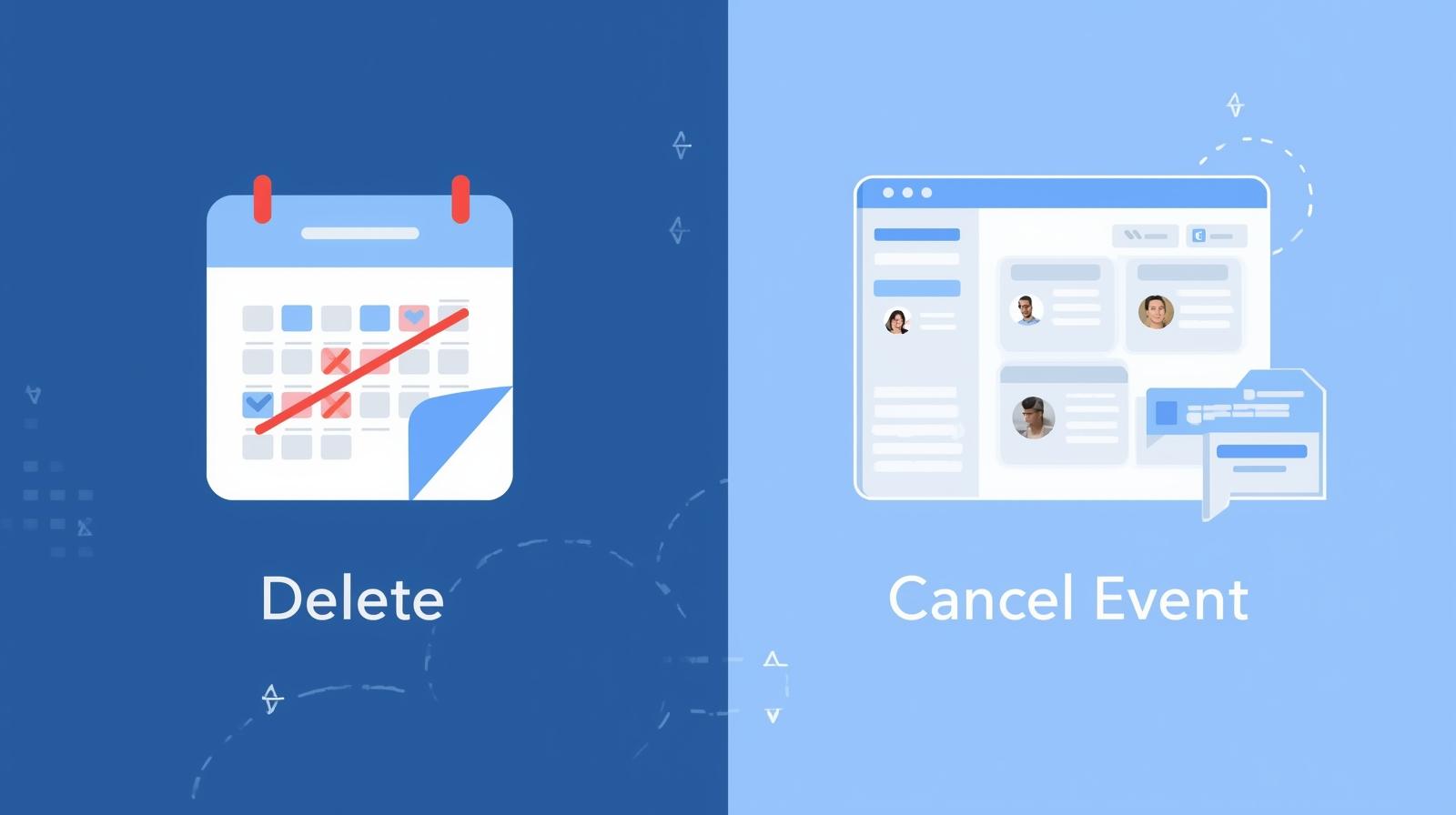
Delete Campaign vs. Cancel Event: A Guide for Let’s Calendar Users
Understanding the difference between Delete Campaign and Cancel Event is essential for every Let’s Calendar user. While deleting a campaign permanently removes it along with all attendee data and history, canceling an event simply stops the outreach but keeps the campaign details intact for future use. This guide explains when to use Delete Campaign and
12 Sep

Get Your Launch on Their Calendar: The Secret to Packed E-Commerce Events
E-commerce events are becoming a vital channel for brands to showcase new products, connect with customers, and build excitement around launches. But no matter how innovative your campaign is, success depends on how many people actually show up. This blog reveals the secret to packed e-commerce events: getting your launch on your audience’s calendar. From
12 Sep
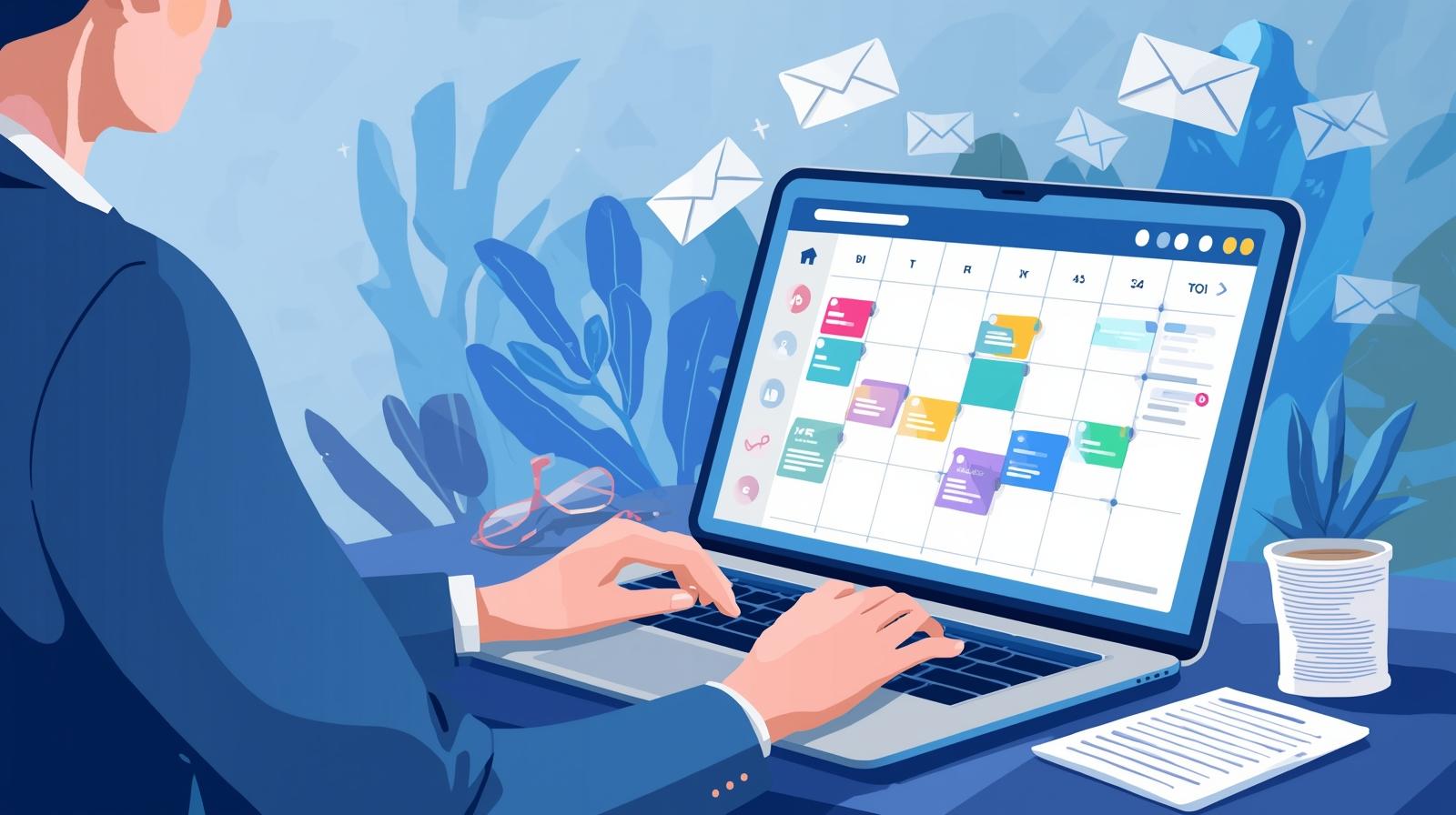
The New Way to Fill Seats: Why Calendar Invites Work Better Than Emails for Events
Relying on emails for events often leads to missed messages, low open rates, and poor attendance. In contrast, calendar invites land directly in attendees’ schedules, reducing friction and boosting engagement. With built-in reminders and real-time updates, calendar invites ensure your audience never forgets an event. They also provide a professional, personalized experience that feels more
12 Sep

Never Miss a Launch: How Smart Calendar Invites Boost E-Commerce Engagement
Smart calendar invites are quickly becoming an essential tool for e-commerce brands looking to stand out during launches and online events. By seamlessly syncing with customer calendars, these invites ensure buyers never miss key product drops, flash sales, or virtual showcases. Unlike traditional reminders, smart calendar invites feel personal and timely, helping brands drive stronger
28 Aug
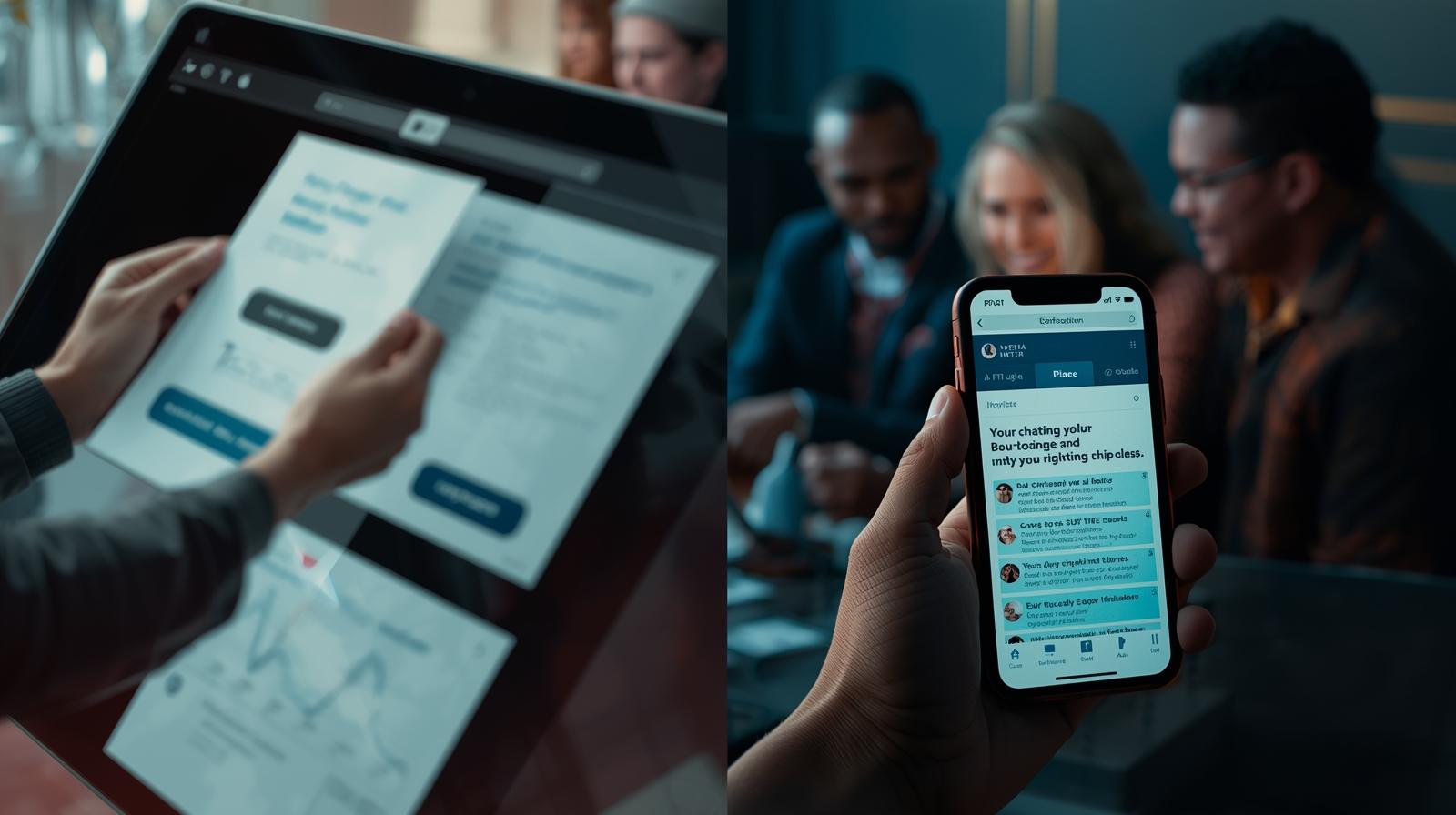
Green Scheduling: How Paperless, Bulk Invites Contribute to Sustainable Event Planning
Sustainability is no longer optional it’s essential for modern event planning. By shifting from printed materials to bulk calendar invites, organizers can drastically reduce paper waste while streamlining communication with attendees. Bulk calendar invites make it easy to schedule and share event details for thousands of participants at once, across platforms like Google and Outlook,
28 Aug
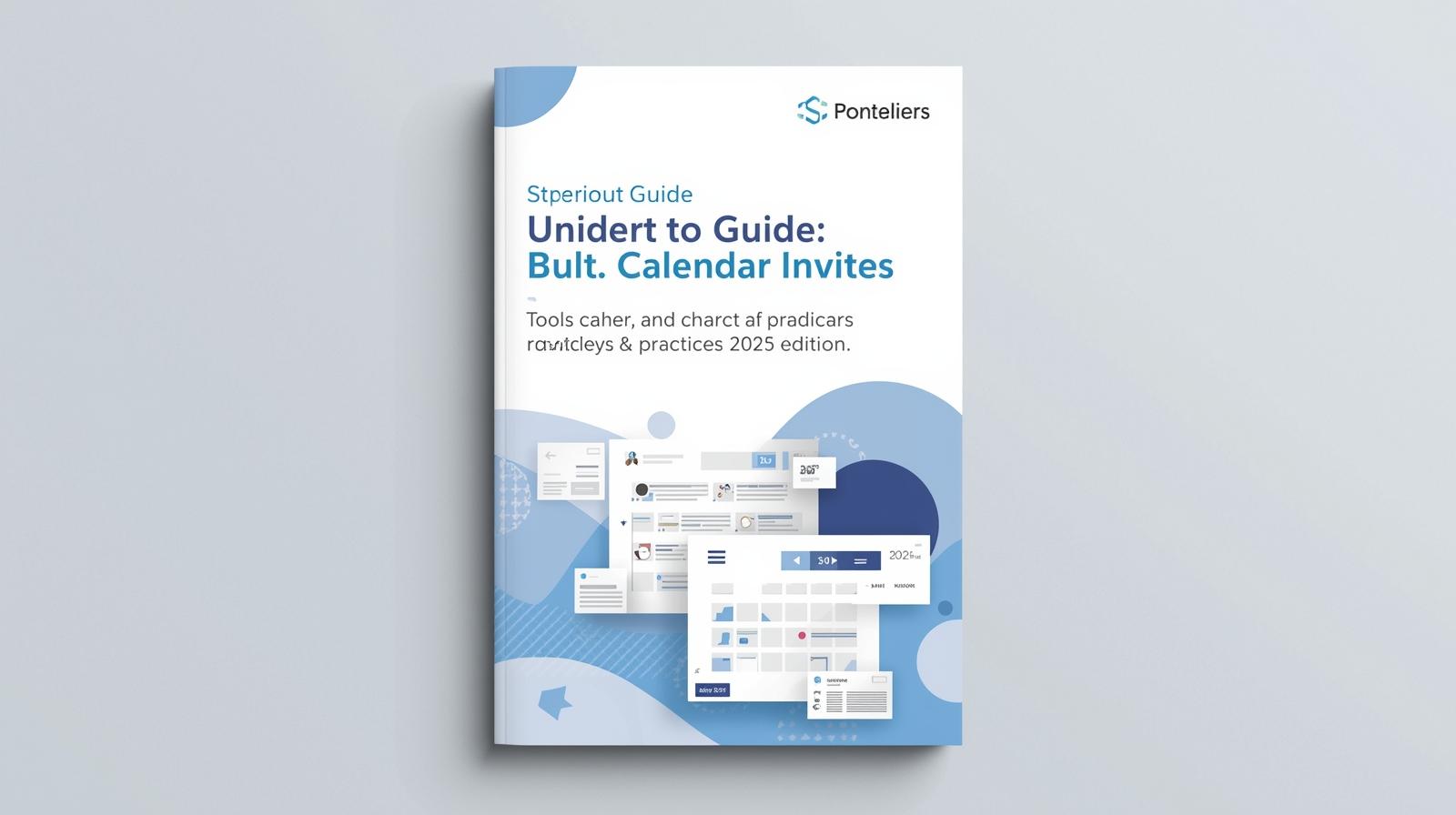
Ultimate Guide to Bulk Calendar Invites: Tools, Workflows & Best Practices (2025 Edition)
Bulk calendar invites have become a game-changer for event, conference, and meeting organizers in 2025. Whether you’re coordinating corporate meetings, webinars, or multi-day conferences, sending invites at scale is critical for seamless scheduling and attendee engagement. In this guide, we explore the latest tools, workflows, and best practices for managing bulk calendar invites across platforms
21 Aug
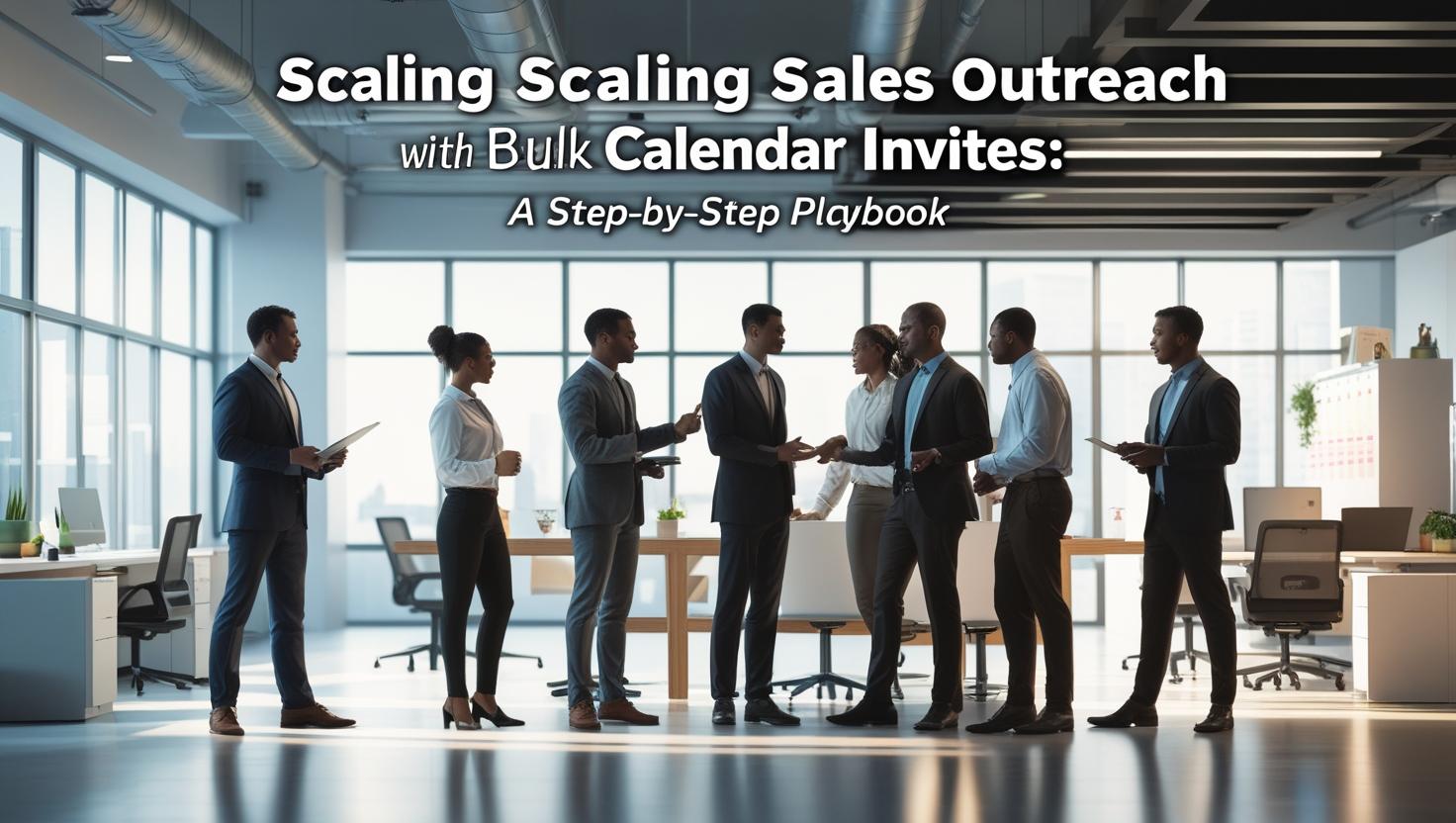
Scaling Sales Outreach with Bulk Calendar Invites: A Step-by-Step Playbook
Scaling sales requires precision, consistency, and efficiency and bulk calendar invites are a powerful tool to achieve this. In this playbook, we break down how sales teams can automate meeting scheduling, personalize invites at scale, and track responses to maximize outreach success. From syncing with Outlook and Google Calendar to leveraging tools like Let’s Calendar
21 Aug
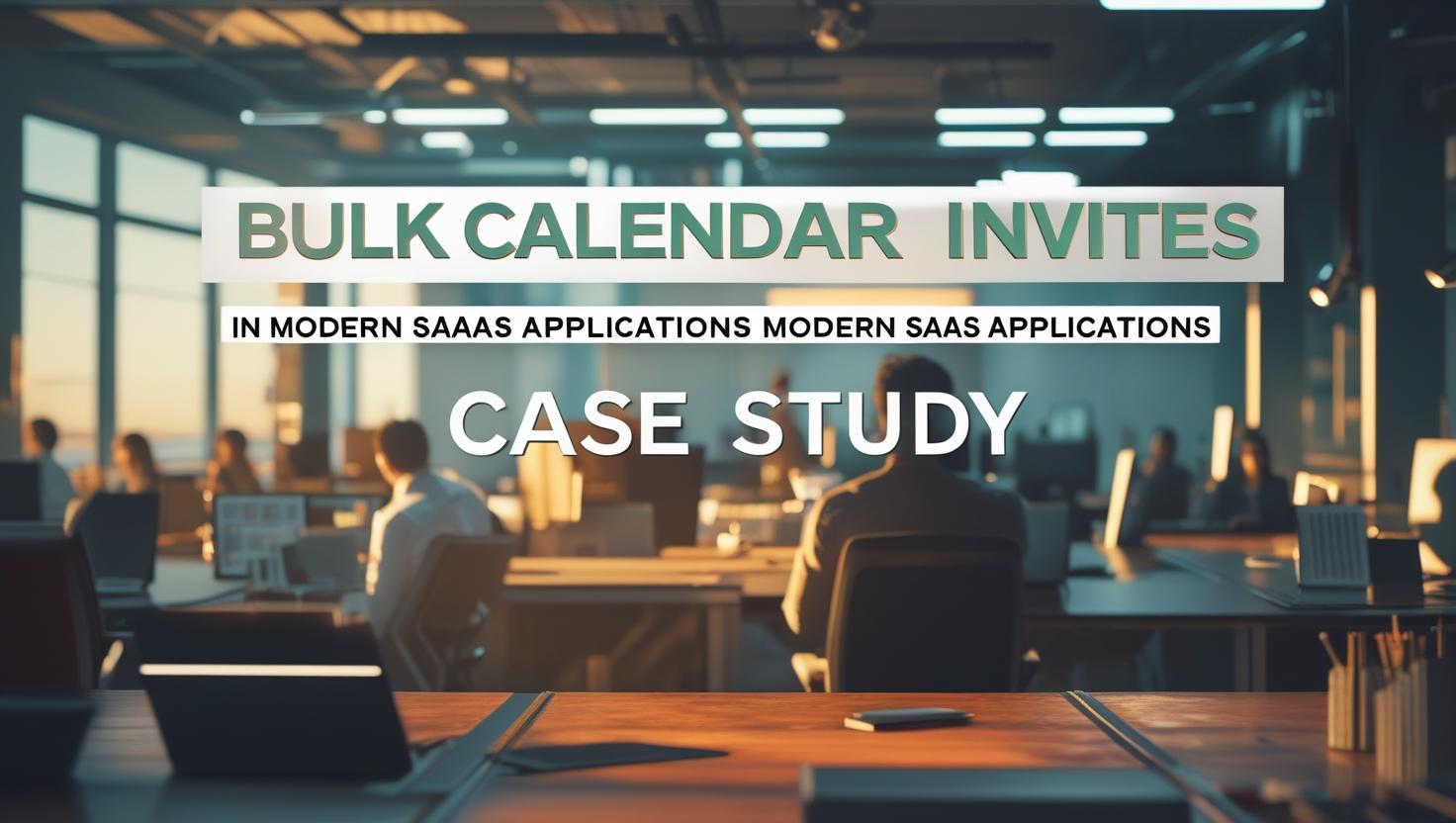
Why Modern SaaS Apps Need Bulk Calendar Invites: A Case Study
In today’s competitive landscape, modern SaaS applications must go beyond product features to deliver seamless user engagement. One overlooked but highly effective tool is bulk calendar invites. Whether for product webinars, customer onboarding, or enterprise meetings, they ensure events land directly in users’ calendars reducing no-shows and boosting participation. This case study highlights how integrating
21 Aug
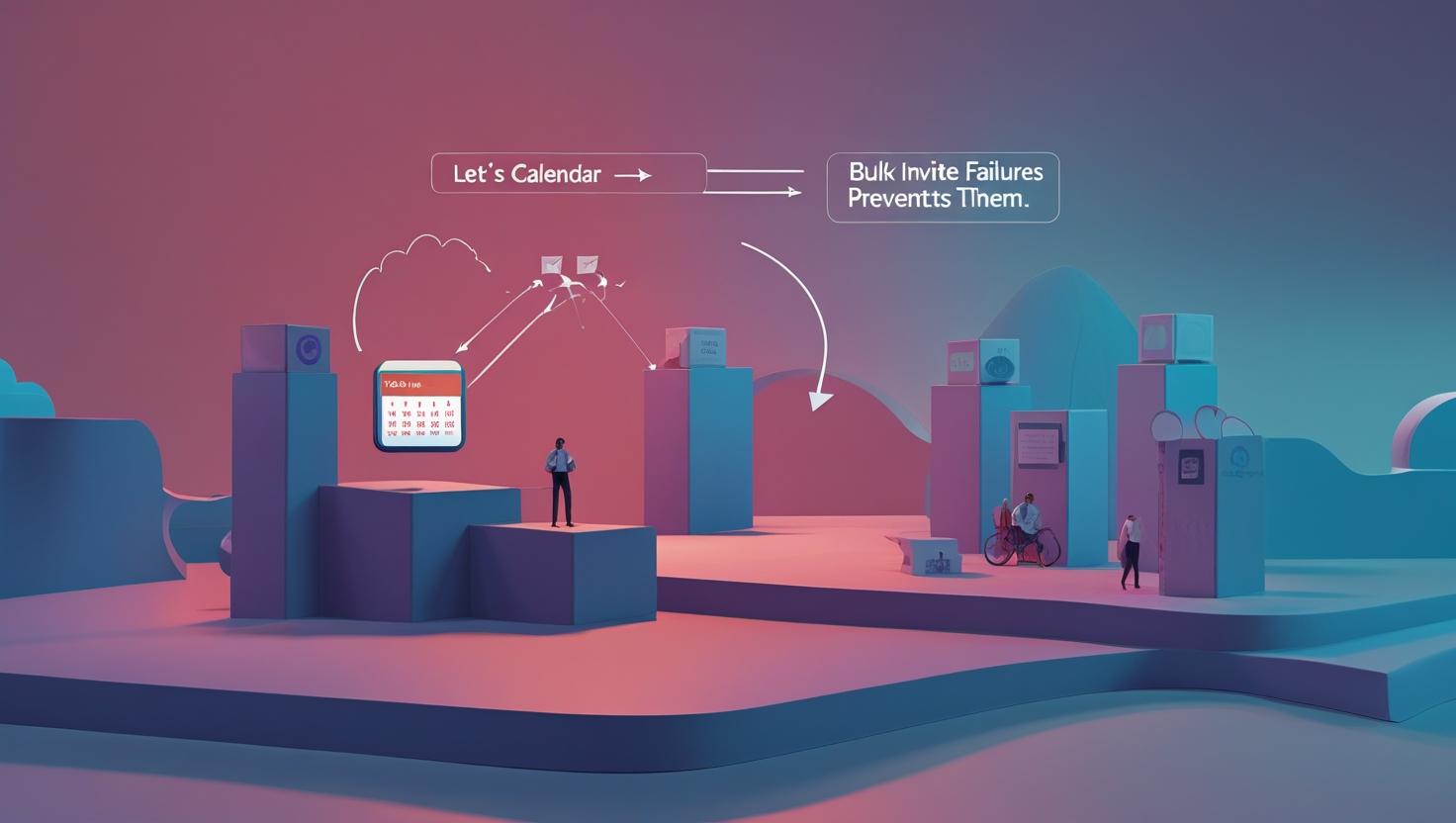
How Let’s Calendar Handles Bulk Invite Failures (and Prevents Them)
Bulk invite failures can disrupt meetings, webinars, and large-scale events, leading to missed opportunities and poor attendee experiences. Let’s Calendar solves this problem with intelligent automation, error detection, and fail-safe delivery mechanisms. By integrating seamlessly with Google Calendar, Outlook, O365, and Teams, it ensures bulk invites are delivered on time, every time. Features like automated







Recent Comments